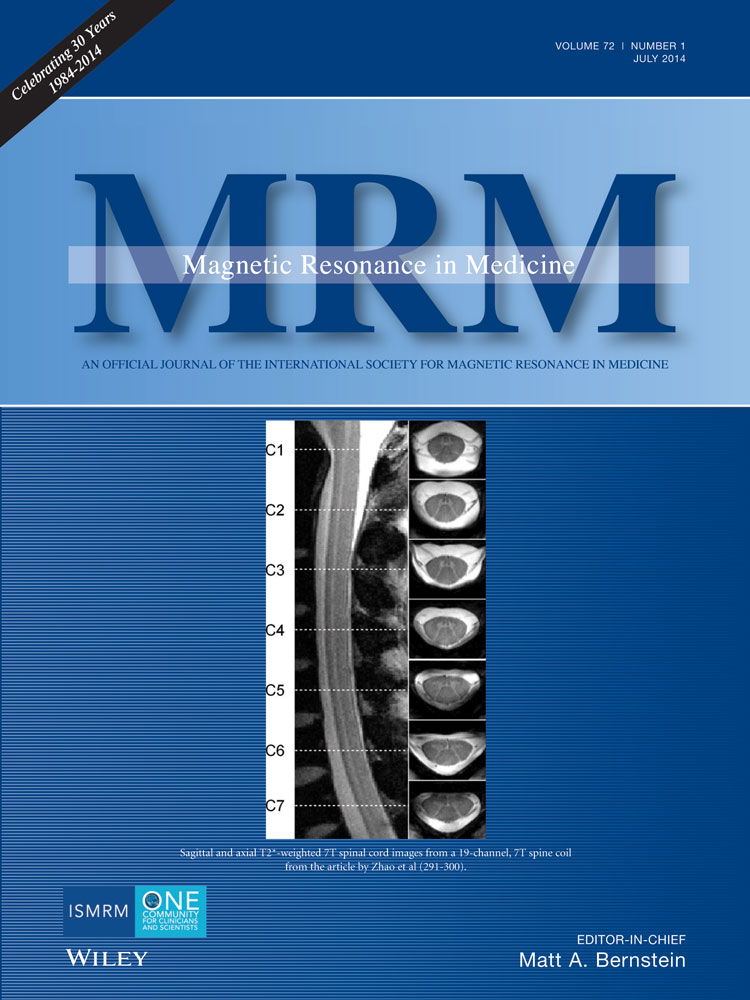Beat-to-beat variation in pulse wave velocity during breathing maneuvers
The views expressed are those of the author(s) and not necessarily those of the NHS, the NIHR or the Department of Health.
Abstract
Purpose
Thoracic pulse wave velocity (PWV) variation due to modulated trans-mural pressure (TMP) may indicate mechanical properties of the aorta. Our aim was to measure beat-to-beat thoracic PWV and TMP to observe its normal variation during respiratory maneuvers.
Methods
We validated PWV measurements from a real-time velocity projection MRI scan in a pulsatile phantom. A volunteer study showed inter-scan repeatability of steady-state PWV, and observed PWV variation when performing Mueller and Valsalva maneuvers. Synchronized to the real-time projection velocity data, TMP was measured using a mouth piece and pressure sensor arrangement monitoring the intra-thoracic pressure and a single arterial pressure measurement.
Results
In the phantom, beat-to-beat PWV derived from real-time projection (5.33 ± 0.32 m s−1) agreed well with experimentally derived PWV using ultrasound probes (5.72 ± 0.50 m s−1). The within-subject PWV variation between scans was 0.28 m s−1. Volunteers' PWVs increased during Mueller maneuver (TMP increase of 14.67 ± 10.69 mmHg) by 32% (P < 0.001), and during Valsalva maneuver (TMP decrease of TMP = 17.01 ± 12.91 mmHg), PWV response were inconsistent with an average increase of 14% (P < 0.05).
Conclusion
Gating TMP to beat-to-beat PWV allows insight into how aortic stiffness varies with strain. However, quantifying nonlinear arterial stiffness requires real-time arterial pressure measurement. Magn Reson Med 72:202–210, 2014. © 2013 Wiley Periodicals, Inc.




